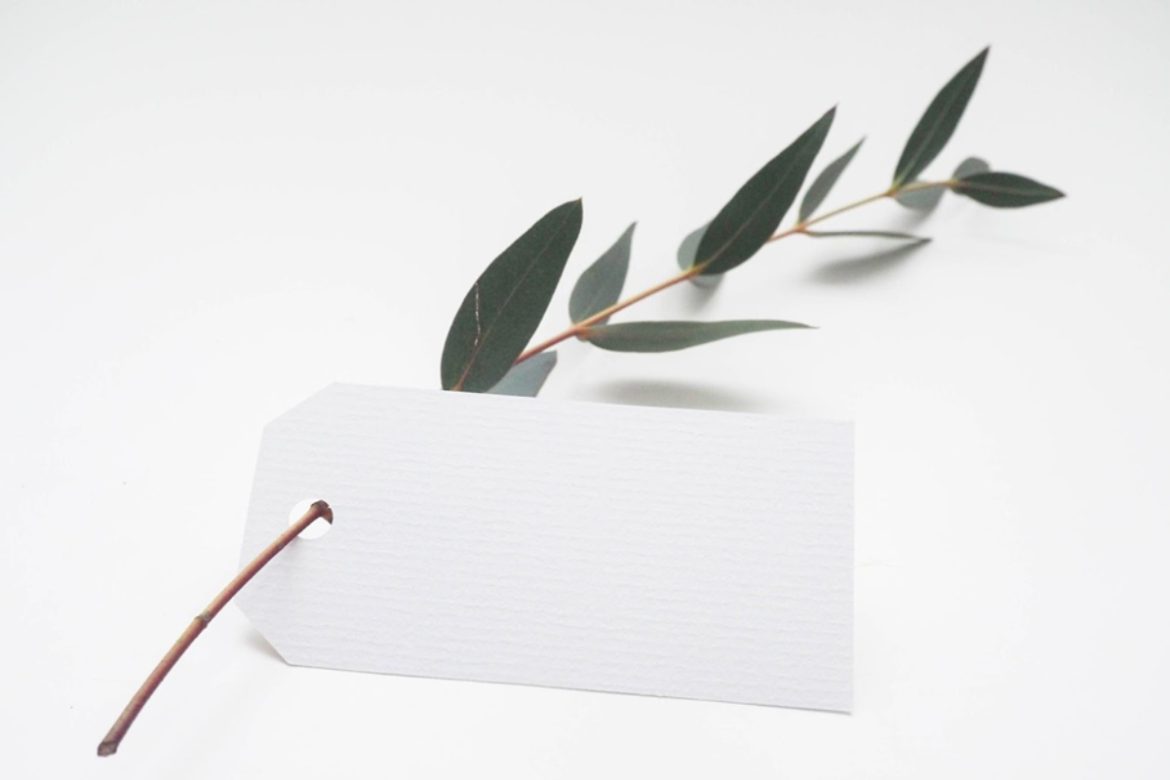A Guide to Effective Minimalism in Graphic Design – Minimalism in graphic design is an increasingly popular approach that favors simplicity, functionality, and the use of fewer elements to create impactful visuals. This guide explores the principles and advantages of minimalism and provides tips on implementing this style in your designs.
Table of Contents
A Brief History of Minimalism in Design
Minimalism as a design movement emerged in the late 1950s. It sought to remove decoration and focus on the essentials, inspired by modernist principles and the belief that ‘less is more.’ Minimalist designs can be seen across various disciplines, including architecture, art, and product design, as well as graphic design.
Why Minimalism?
There are several notable advantages to adopting a minimalist approach in graphic design:
- Clarity: By removing unnecessary visual clutter, designs become easier to read and understand, allowing the intended message to come across more clearly.
- Timelessness: Minimalist designs tend to better withstand the test of time, remaining fresh even as styles and trends swing back and forth.
- Adaptability: Simpler designs can often be scaled and adapted more easily to various formats, such as print and digital platforms.
To give an example, applying minimalist design principles to formal invitations can result in a sleek and elegant creation that highlights essential event details while avoiding unnecessary embellishments and maintaining a timeless aesthetic.
Principles of Minimalism in Graphic Design
To achieve effective minimalism in your designs, keep in mind the following principles:
- Focus on Essentials: When starting a project, identify the most critical elements and prioritize their visibility while removing anything unnecessary. This includes visual elements, colors, and typography, which should all align with the message you’re trying to convey.
- Use White Space: White space, or negative space, is a vital element in minimalist designs. It helps create a sense of balance and allows the viewer’s eyes to rest, improving the overall user experience.
- Limit Color Palettes: Instead of using multiple colors, minimalist designs often rely on limited color palettes or even monochromatic schemes. This makes designs appear more cohesive and visually consistent, promoting clarity and focus.
- Embrace Simple Typography: Typography plays a significant role in minimalist designs by directly contributing to the visual hierarchy. Stick to 2-3 typefaces at most, and ensure that their styles complement one another and the overall design.
Creating Impact with Minimal Design Elements
Minimalism doesn’t necessarily mean boring, and you can still achieve powerful designs by employing a few strategies. Using bold fonts with high contrast can inject a strong sense of personality into a minimalist design, creating an eye-catching focal point. Color can also be a powerful tool in minimalist designs when used strategically. For instance, using a single, bold hue as an accent color can draw attention to certain areas while maintaining simplicity. A single impactful image can serve as the centerpiece of a minimalist layout. Choosing high-quality, meaningful visuals can create a memorable and engaging design. As seen in digital design, minimalist interfaces can encourage user interaction through simple animations or hover effects. These subtle interactions can add a touch of personality and depth to your design without detracting from its simplicity.
Overcoming Challenges in Minimalist Design
While implementing minimalism may seem straightforward, designers may face certain challenges. Finding the perfect balance between simplicity and visual interest can be difficult. It is essential to ensure that your design remains engaging without compromising its minimalist identity. Designers must ensure that in the pursuit of simplicity, the main message is not lost or diluted. Carefully curating content and visual elements to retain meaning and context is vital in minimalist design. Some clients may find minimalist design concepts lackluster and unimpressive, confusing simplicity with a lack of creativity. Communicating the advantages and rationale behind a minimalist design can help alleviate concerns and manage expectations.
Conclusion
Minimalism in graphic design is the art of stripping away the unnecessary and honing in on the essentials to tell a clear and compelling story. Whether you’re a seasoned designer or just dipping into this creative world, mastering minimalist design principles can help you create impactful, functional, and enduring visuals that resonate with your audience.


